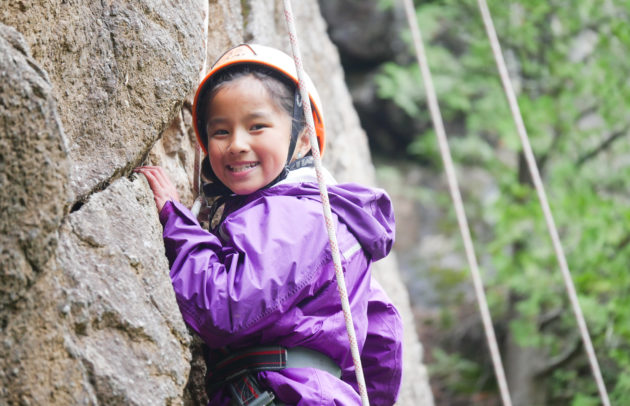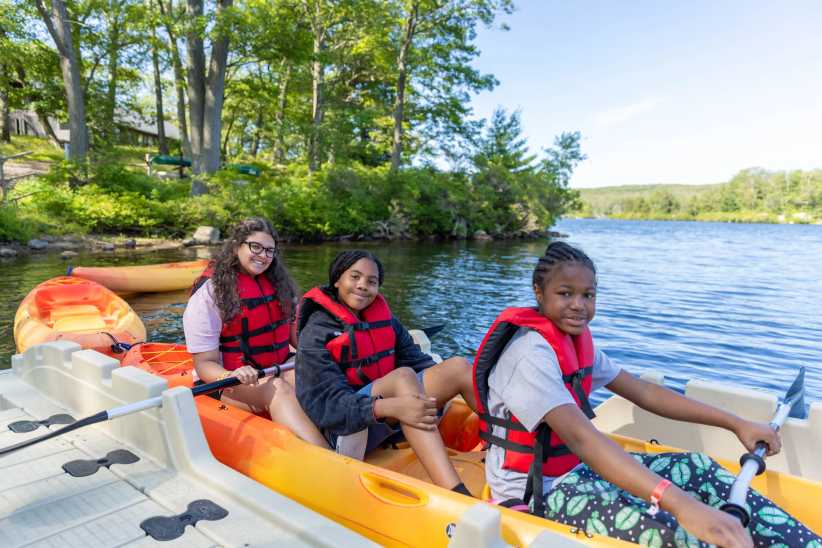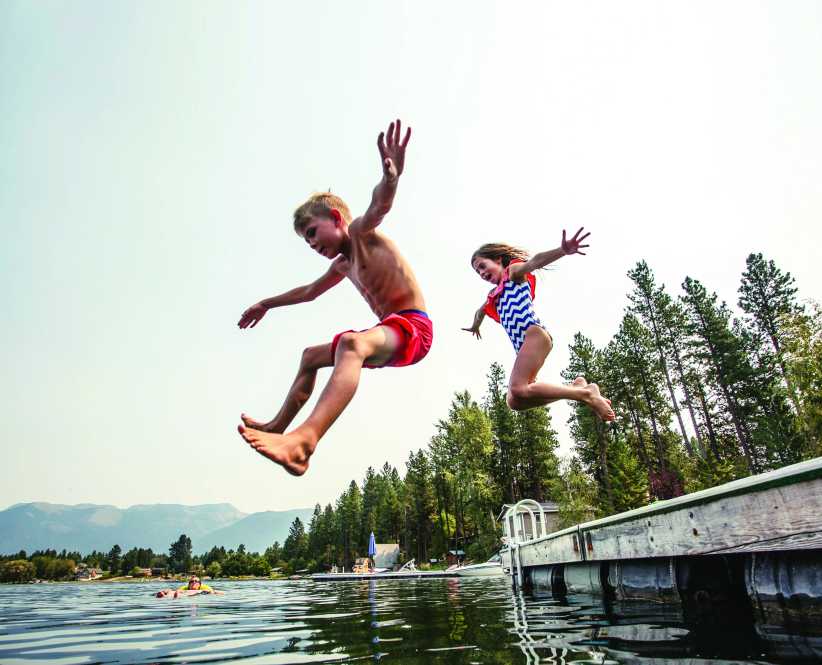
According to Common Sense Media, tweens spend nearly six hours per day and teens nine hours a day engaged in technology. Summer camp has truly become one of the last unplugged environments where young people leave their smart phones and iPads behind and unplug for the summer. Although children take a break from personal electronics, technology does play a large part of the camp experience.
Michael Baer, Owner and Director of overnight camps Chipinaw and Silver Lake in the Catskills has a no electronics policy, besides MP3 players for music, and believes camp is the only environment where children can get away from technology. “Camp staff has always helped campers get through homesickness that some campers experience the first week of camp, but now we are also getting them through technology detox. We have rules and policies in place at our camps regarding personal technology and we enforce them,” he says. “If a camper brings a phone to camp, they will be sent home for three days which sends a clear message to others.” Chipinaw and Silverlake don’t just have technology rules for their campers, but for staff as well. “We have eliminated cell phones for staff other than our administration staff and department heads that use them for work purposes only. All staff keep their phones in lock boxes in the office and are only able to use them on periods off, evenings and days off in and only in designated places at camp such as the office and staff lodge,” Baer explains. “Having the whole environment unplugged promotes everything that camp is about—making life-long friendships, communicating face to face and building community. During the summer, campers and staff thank me for the fact that they don’t have their electronics. As much as they love them, they are so happy they weren’t tethered to their phones.”
[gravityform id=”17″ title=”false” description=”false” ajax=”true”]
As children put smart phones aside during their time at camp, parents of campers often go into technology overdrive. Each day, camps are posting hundreds of photos of campers participating in various camp activities on password protected websites, giving parents a glimpse into camp life. “CampMinder provides tools to allow camps to upload an unlimited number of photos each day, organized by album,” explains Dan Konigsberg, Founder and CEO of CampMinder, a camp management software company. Parents can save photos and they can also share images to social media, download them, or purchase prints.” While photos allow parents a window into camp, they can sometimes cause parents to unnecessarily worry if their child isn’t smiling or if he isn’t in a lot of pictures. “My advice for parents is always ‘no news is good news.’ If you don’t hear constantly from camp, that doesn’t mean your child isn’t have a great experience. In fact, it’s probably the opposite and your camper is doing very well. When you aren’t seeing pictures of your child, it means your child may not have been where the camera was. If you are concerned, talk to the group leader or director but don’t read into camp photos,” says Sam Borek, Owner and Director of Woodmont Day Camp in Rockland County, NY.
For years, Baer has fielded calls from parents about online photos so he now incorporates the topic into his new parent orientation. “I tell parents that you can’t base your child’s experience on a few photos. Even a homesick child smiles for the camera! Instead of sorting through online photos and calling camp, learn how to speak with your spouse again or get a hobby,” he says. “If you always wanted to learn a foreign language or how to play guitar, now is a great opportunity.” New technology has made it that much easier for parents to see which photos their children are in. More and more camps are subscribing to facial recognition platforms that deliver photos of campers right into their parents’ online account. “We take 100,000 pictures a summer. When you upload that many pictures, parents get weary of sorting through all those pictures just to see their own child so for two years, we have used facial recognition technology, making it easier for parents to see pictures of their children,” Baer adds. Lauren Adler, whose daughter attended Camp Canadensis in Pennsylvania for the first time this past summer enjoyed seeing pictures from camp and loved that Canadensis uses facial recognition, “It was great getting an alert for a new picture of my daughter and it would just come up in my account,” she says.
Technology has also made it easy for parents and campers to keep in touch. While snail mail is still popular, many parents prefer electronic mail. “From within their accounts, parents can access messaging features to write campers notes. These messages are printed out daily by camp staff and delivered just like regular mail. Unlike the old days, these messages can be sent and delivered on the same day,” Konigsberg describes. “Campers can even write home on special stationery that the camp can scan and upload. CampMinder processes these pages and delivers handwritten notes from campers to parents as a PDF file. No more long delays waiting for letters to travel hundreds of miles.” Baer feels there are pluses and minuses to this type of communication. “Parents get instant information and want to micromanage any situation which can be challenging,” he says. “I’d like for parents to give the professionals at camp or the camper themselves the opportunity to work through any situation. In any given day at camp, a child can be best friends with a bunkmate, have a disagreement at lunch and be best friends again by dinner! Any disagreement can become a bigger thing when parents get involved and don’t let campers figure it out on their own. The whole idea of camp is to give campers the opportunity to build social skills and to spread their wings. Allow them to do that.”
Borek explains that Woodmont Day Camp relies heavily on technology during the camp off-season but during the summer, they firmly believe in a technology break and a focus on personal communication. “From September to May, we use email, newsletters, videos and Facebook live to present new projects and activities at camp, allowing campers and their families to get excited about what’s happening at camp and to feel a continuing connection to camp,” he notes. “But during the summer, we firmly believe in a technology break and focus on personal communication. While we send emails with updates and changes over the summer, we want both parents and campers to take a break from technology and enjoy the camp experience.”













